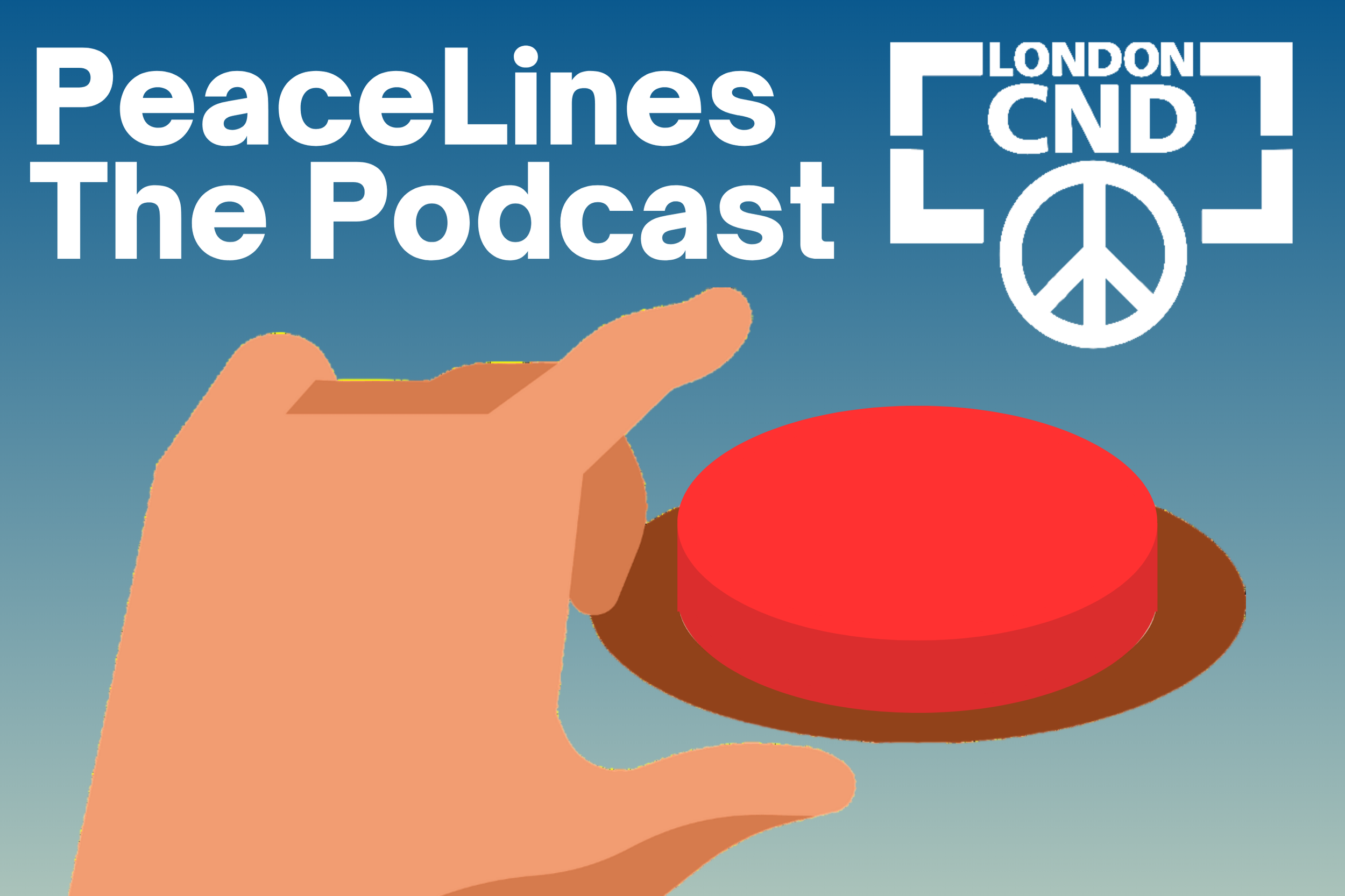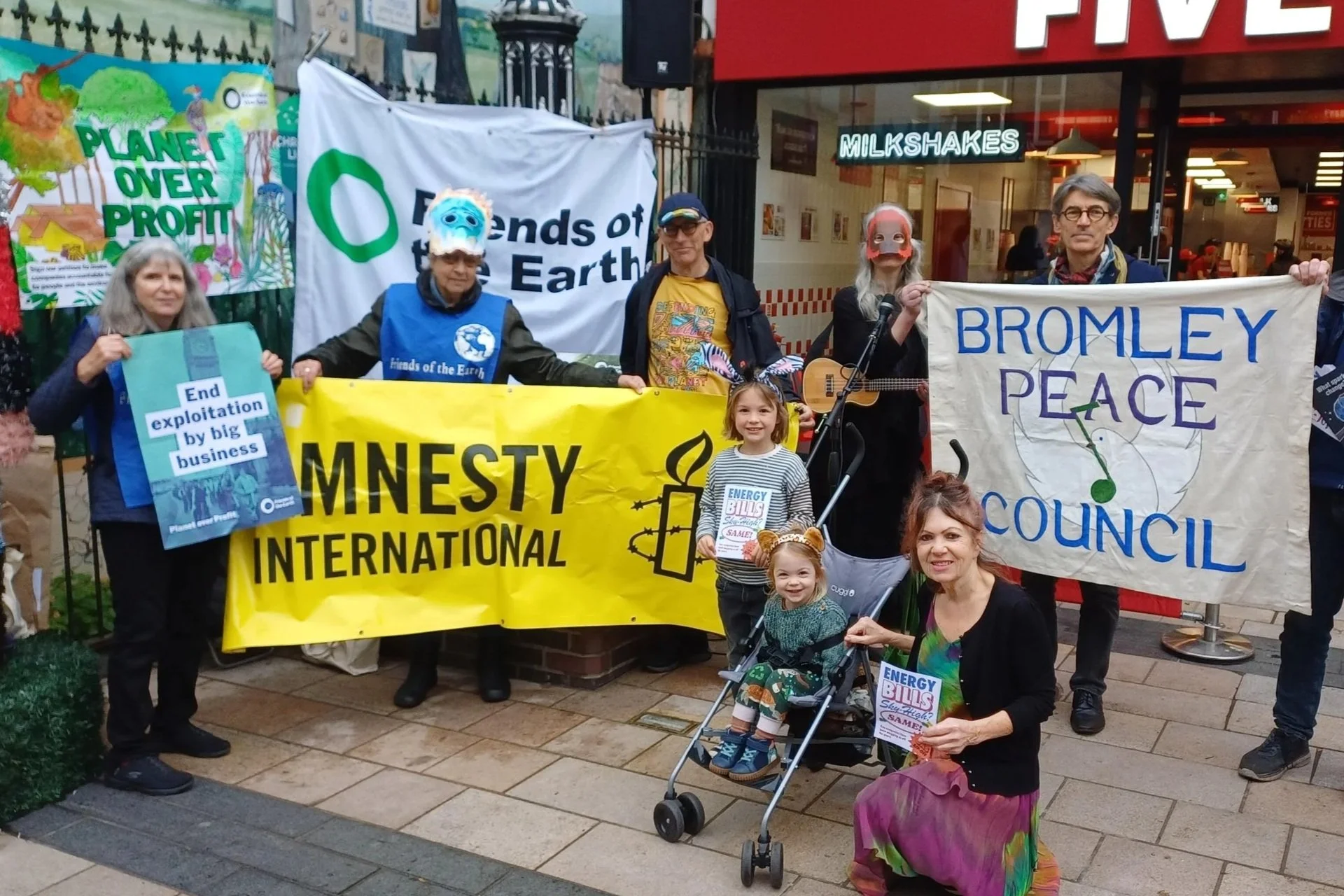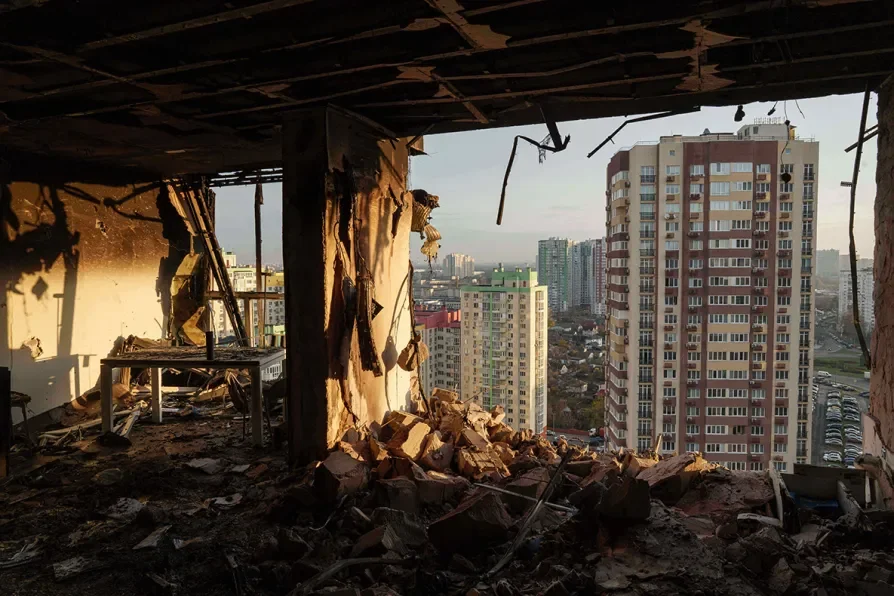The US Embassy declined to accept a letter on Friday August 11 from a delegation of journalists, writers, and peace activists. The letter calls on the United States government to stop its nuclear brinkmanship in the crisis with North Korea.
Millions of people around the world are concerned about the growing threat of nuclear war. Civil society organisations are calling on the British government to call for restraint and a different approach by Britain's main ally. British Prime Minister Theresa May has been silent about the crisis, despite tensions continuing to grow.
The letter was handed in by Giles Fraser, journalist and priest: Victoria Brittain, writer and journalist; Bruce Kent, peace activist; Jan Woolf, playwright; Helen Drewery, Quakers in Britain; Carol Turner, Campaign for Nuclear Disarmament; Lindsey German, Stop the War Coalition; Murad Qureshi, Stop the War Coalition.
Letter to the US embassy
Excellency
We the undersigned are extremely concerned about the growing international tension and the dangerous threats that have been exchanged between the leaders of the U.S. and North Korea.
We strongly urge President Trump and the U.S. government to employ the utmost restraint and to immediately engage in diplomatic talks with the aim of defusing the current situation.
It is unthinkable that the threat of nuclear annihilation should be considered as acceptable. At this time people around the world are remembering the effects of the two atomic bombs dropped on Japan in 1945. We are reminded of the death, pain and suffering that occurred in Hiroshima and Nagasaki and are determined that people should not have to suffer like that again.
Negotiation and talks to increase understanding between the U.S. and North Korea and to ease the tension must be the way forward. May we humbly remind you that in 2010 a cross-party group of parliamentarians from Japan and South Korea proposed the negotiation of a North East Asian Nuclear-Weapon-Free Zone as a solution to the growing nuclear threat from North Korea. This remains a sensible and productive way forward, especially in light of the recent agreement by 120 nations in the United Nations to recognise that nuclear weapons, and threats of their use, are unacceptable and should be made illegal.
People around the world are extremely anxious for their future and we request that you convey our plea for calm and peace between nations to President Trump. We trust that statements defusing the situation can be issued immediately and a diplomatic solution will be sought as soon as possible.








